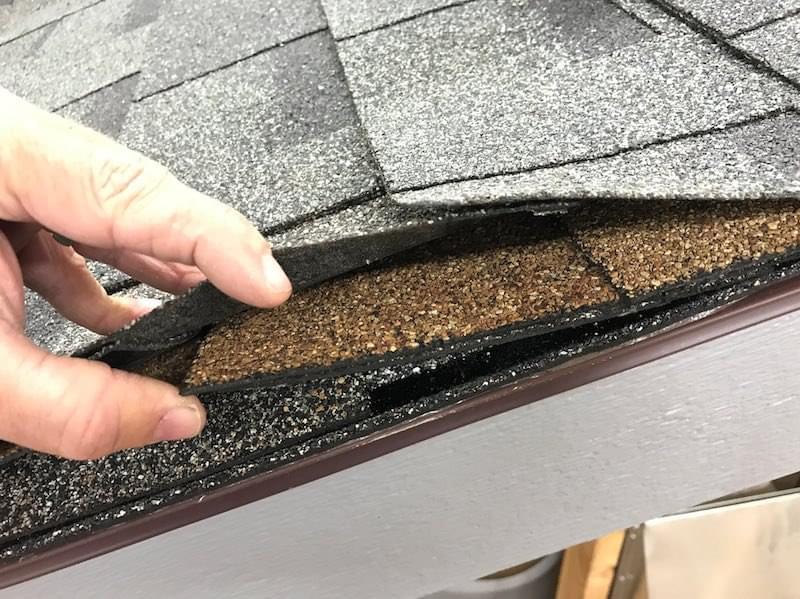When it comes to roofing, one common question that homeowners often ask is, “How many layers of shingles can I have on my roof?” It’s an important question because the number of layers can impact your roof’s performance, appearance, and lifespan. In many cases, local building codes and regulations dictate the maximum number of layers allowed. In this article, we’ll explore the topic of having 4 layers of shingles on a roof, its pros, cons, and when it might be necessary.

The Basics of Roof Shingles
Before we dive into the discussion about multiple layers of shingles, let’s briefly go over the basics of roof shingles. Roof shingles are the outermost layer of a roof, and they serve to protect your home from the elements, including rain, snow, and sunlight. They also play a significant role in enhancing the curb appeal of your home.
How Many Layers of Shingles Are Allowed?
The number of layers of shingles allowed on a roof can vary depending on your location and local building codes. However, in most areas, two layers of shingles are permitted. This means that if you already have one layer of shingles on your roof, you can add a second layer on top of it.
Pros of Adding a Third Layer of Shingles
- Cost Savings: One of the main advantages of adding a third layer of shingles is cost savings. Stripping off the old layers can be labor-intensive and costly. By adding a new layer on top, you save on the removal and disposal expenses.
- Faster Installation: Installing a new layer of shingles on top of the old ones is faster than stripping off the old shingles. This can significantly reduce the time it takes to complete the roofing project.
- Extra Insulation: The additional layer can provide some extra insulation to your home, which can help with energy efficiency.
Cons of Having 3 or 4 Layers of Shingles
- Weight: The more layers of shingles you have, the heavier your roof becomes. This added weight can put stress on your home’s structure and may require additional support.
- Reduced Aesthetic Appeal: Multiple layers of shingles can create a lumpy and uneven appearance on your roof. This can detract from the curb appeal of your home.
- Shortened Lifespan: Each layer of shingles has its own lifespan. When you add new layers on top of old ones, the new shingles might not last as long as they would on a clean slate. This means you may need to replace your roof sooner.
- Building Code Compliance: Local building codes may restrict the number of layers you can have. Adding too many layers could result in non-compliance, and you may face fines or other consequences.
When Is Having 4 Layers of Shingles Necessary?
In some cases, having 4 layers of shingles on a roof may be necessary. This typically occurs when a homeowner has exceeded the allowed number of layers but still needs to address roofing issues. In such situations, it’s crucial to consult with a roofing professional who can assess the condition of your roof and recommend the best course of action.
In conclusion, while having 4 layers of shingles on a roof is possible in certain situations, it comes with its set of pros and cons. It’s essential to consider the local building codes, the structural integrity of your home, and the long-term implications before deciding to add more layers. Consulting with a qualified roofing contractor is the best way to make an informed decision about your roofing project.



Leave a Reply